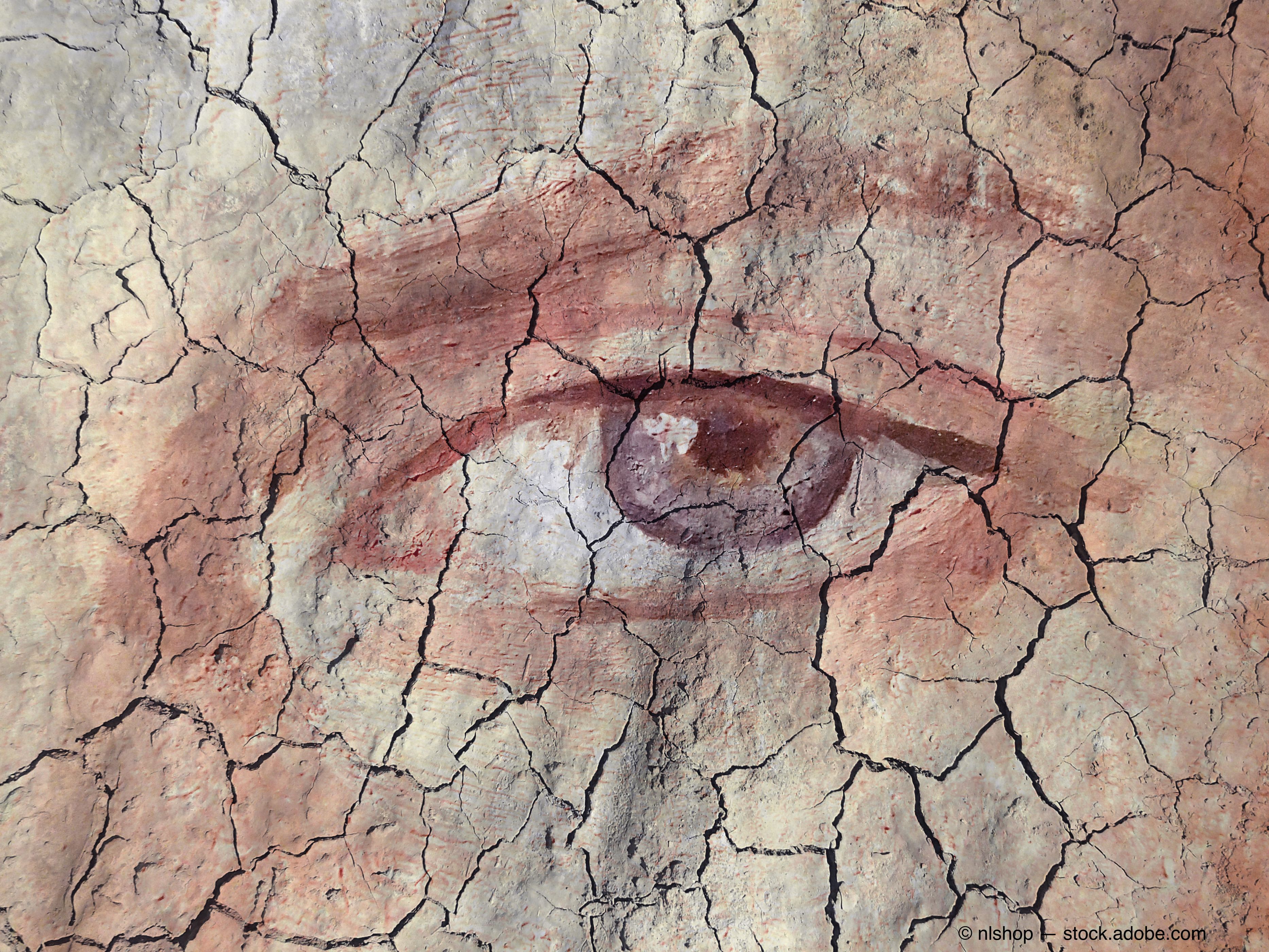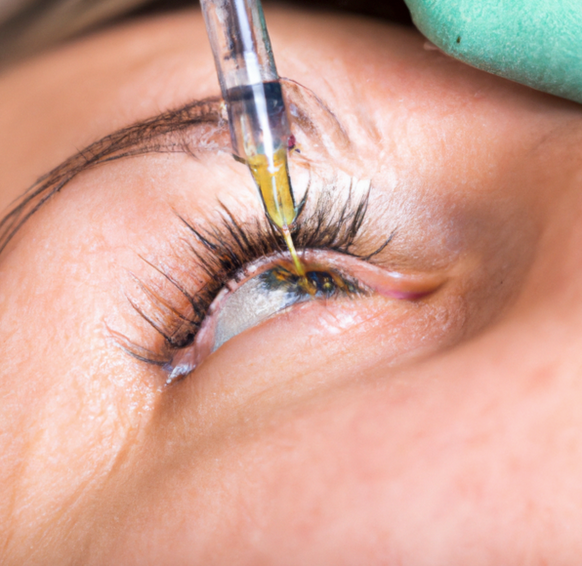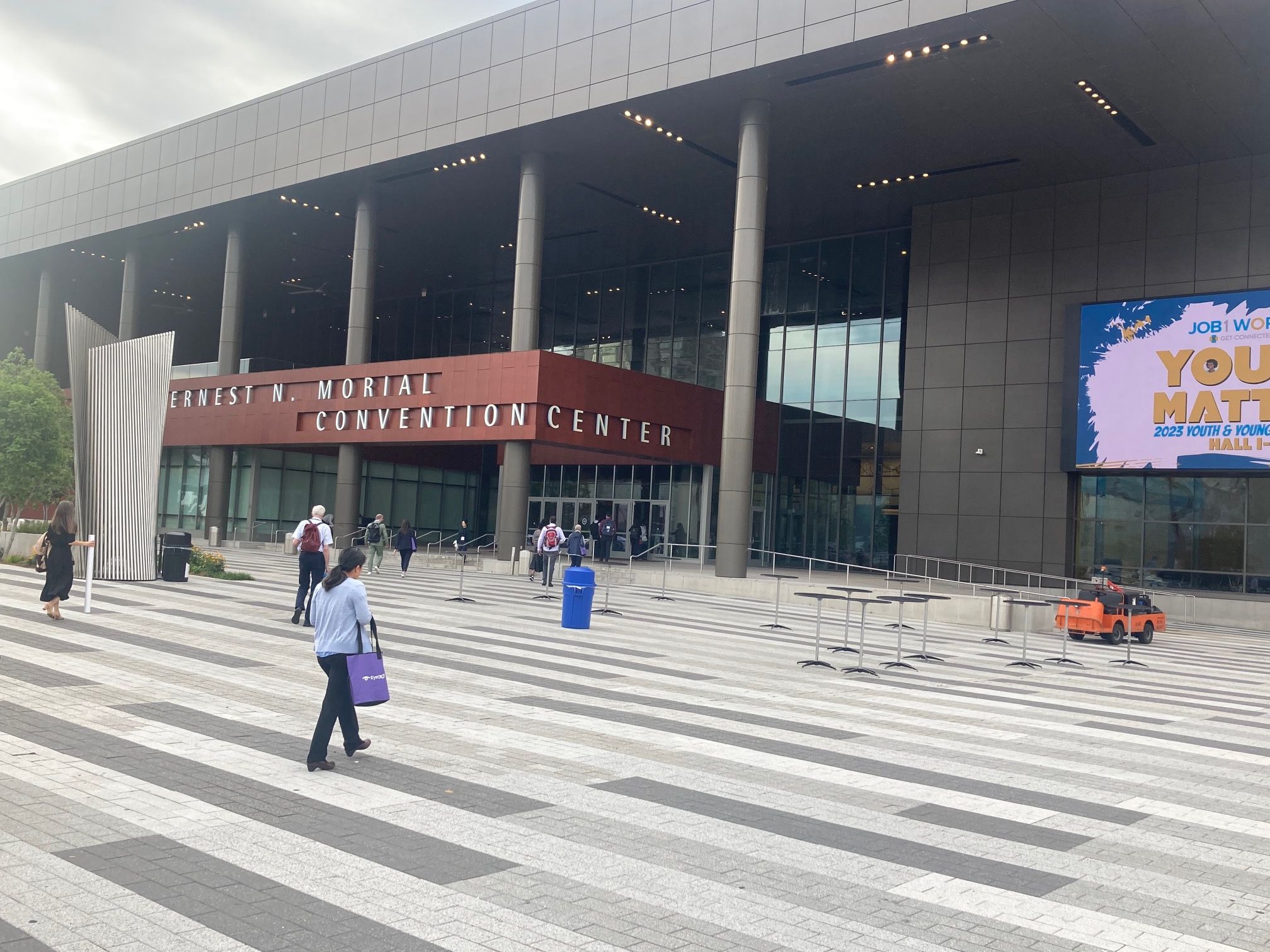Article
Shifting approach to dry eye: Address the ocular surface preoperatively
Author(s):
Edward J. Holland, MD, discusses how postoperative dry eye disease after refractive and cataract procedures may lead to patient dissatisfaction.

Reviewed by Edward J. Holland, MD
Dry eye disease is a major cause of patient discomfort after refractive and cataract procedures, with 28% and 15% of patients who underwent LASIK or cataract surgery with multifocal IOL implantation, respectively, having symptoms of dry eye, according to Edward J. Holland, MD, director of cornea services at Cincinnati Eye Institute and a professor of ophthalmology at the University of Cincinnati in Ohio.
Many of these patients with untreated dry eye develop decreased vision, and the surgery may be seen as the cause of the poor vision.
Preoperative attention to the status of the corneal surface can prevent this postoperative scenario.
“Look for the disease in your patients about to undergo cataract surgery. Discuss the implications for your patient,” Holland said. “Consider a delay in surgery, especially in patients opting for a multifocal IOL, to improve the ocular surface.”
An important thing to look for in these patients is significant corneal staining, which in Holland’s opinion, is a “no-go” sign for surgery. “These patients should be managed aggressively to improve the ocular surface,” he said.
The good news for cataract surgery patients is the level of management now available, compared with 10 years ago. “We now have better diagnostics and better treatments,” Holland said.
Holland also underscored the importance of conventional testing, especially lissamine green staining. This test stains the diseased corneal surface before epithelial defects develop, and Schirmer test can detect Sjorgren disease.
A slit-lamp evaluation is important for detecting loose eyelids, meibomian gland dysfunction (MGD), and abnormalities in the lid anatomy. A recent advance is the Matrix Metalloproteinase Point-of-Care Test in Dry Eye (AXIM Biotechnologies Inc), which measures the intensity of inflammation. Holland also mentioned the importance of screening for tear film osmolarity.
Holland considers meibomian gland imaging to be one of the best advances in the past decade. This is a great tool to help increase patient understanding of the disease process.
Another useful tool is the American Society of Cataract and Refractive Surgery ocular surface disease algorithm.
“Besides the flow of diagnosing and treating dry eye, the algorithm enumerates the important small steps we sometimes miss,” he added.
He advised evaluating the lid and length of the meniscus, then lifting the upper lid and pulling the lid to detect a floppy lid and superior limbic keratoconjunctivitis. He also pointed out that meibomian gland expression is one of the easiest steps to judge the patients’ quality of life along with lissamine green staining.
A more logical approach
“Don’t diagnose and play catch-up during the postoperative period,” Holland explained. “Be more aggressive in diagnosing and treating dry eye. The best approach is to not wait for the patient’s symptoms to become apparent after the surgery. Preventative management instead of treating dry eye later is the goal. Let’s think about being better clinicians.”
Holland suggested determining if a patient has a deficiency of aqueous tears or primarily meibomian gland dysfunction, or a combination of the tw
“We have a large number of treatments available to manage these patients,” he said. These include artificial tears without preservatives, gels, or ointments; and topical anti-inflammatory drugs such as cyclosporine or lifitegrast (Xiidra, Novartis). Autologous serum is useful for patients with conjunctival disease and dry eye. Punctal occlusion with plugs is also an option; permanent punctal occlusion can be considered for patients with severe dry eye.
Eighty-five percent of patients with dry eye have MGD; approximately 35% have pure MGD and approximately 50% have MGD and aqueous tear deficiency. Although physicians are good at managing aqueous tear deficiency better than MGD, Holland suggested using lipid-based lubricants, topical azithromycin, or doxycycline to decrease inflammation and bacterial flora at low doses of 50 mg once daily.
Many effective devices are commercially available to address dry eye, such as those that provide thermal treatment to the anterior or posterior lids, microblepharoexfoliation to address anterior lid margin to eliminate both anterior blepharitis and biofilm over the meibomian glands. Intense pulsed light therapy can treat neovascularization of the lid margins.
Varenicline solution (Tyrvaya, Oyster Point Pharma) is a preservative-free nasal spray that is an alternative treatment to the anti-inflammatories. The standard is twice daily dosing. It works by stimulating the trigeminal parasympathetic pathway and all tear film layers.
Holland’s primary take-home message is physicians should consider more aggressive diagnosis and treatment of patients preoperatively and post operatively, reduce or eliminate preserved drops, and consider prolonged therapy with steroids in the postoperative period.
Edward J. Holland, MD
E: edward.holland@uc.edu; eholland@holprovision.com
This article is adapted from Holland’s presentation at the American Society of Cataract and Refractive Surgery’s 2022 annual meeting, held in April in Washington, DC. He is a consultant for numerous companies that manufacture products to treat dry eye.
Newsletter
Don’t miss out—get Ophthalmology Times updates on the latest clinical advancements and expert interviews, straight to your inbox.





.png&w=3840&q=75)
















